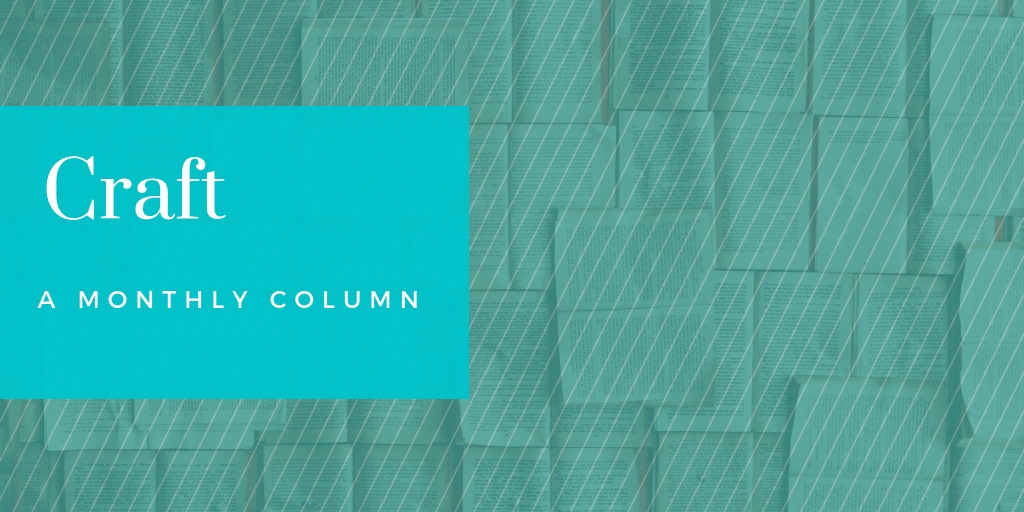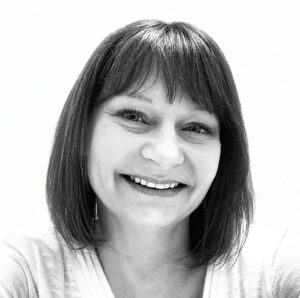
When the wildfire burned down from the hills, it devoured everything it encountered. Oak trees, dry grasses, fences, cars, and the home where my family had lived for 47 years. As dawn broke over the smoky landscape, what remained was blackened earth and a gray layer of ash in the shape of our house.
All records of our lives, gone. Family photos, yearbooks, report cards, genealogies, keepsakes, heirlooms. The wooden steps we’d climbed to the front porch. The creaky doors and windows. Christmas decorations, book collections, my departed dad’s worn cowboy boots.
As a family, we’re still grieving the loss of this tangible evidence of generations of our existence and the familiar security of a shared place called “home.” I’ve felt another kind of loss as a writer. As one whose memories often inform my work, how do I shape a story steeped in facts and “truth” without documentation?
Like many authors of personal essays, memoir, or creative nonfiction, I’m both inspired by and often turn to ephemera as “original source material.” Reflecting on a photo, holding an object in my hand, digging through personal and family records—all feel like accessing a customized archive, the library equivalent of “special collections.” Such materials can turn up new information and fresh takes, confirm a memory, or provide context.
I had access to a trove of archives and artifacts at the home my parents bought in 1970 and where my sister and I were raised. Among them were the carefully researched and annotated family tree, pictures, and genealogies my father made, going back more than 150 years. My mother had organized and labeled family photos from all the years of our upbringing, her father’s service in World War II, and her and my father’s travels.
As a child, I spent many hours poring through my parents’ 1950s yearbooks, memorizing the inscriptions, studying the pictures, and wondering who my parents had been. I read their notes jotted in college textbooks still holding space on our family bookshelf.
My mother kept collections of my writing, starting when I was in grade school and through my 30s, as well as school projects, favorite toys and books, and report cards.
I still ponder the note I uncovered as an adult, written by a preschool teacher, observing that my nursery-age self hesitated to pet a kitten with her classmates and didn’t mind children cutting in front when lining up for juice. The tone seemed to indicate presumed pathology, as if this were troubling. As an adult, it all makes sense, as I’m an introvert, and not likely to engage in competitive behaviors over things I’m not that invested in. But I think about it still, what this teacher’s observation meant, why the note was written, why my mom saved it.
It’s a conceit, of course, a privilege, to have had access to these evocative items and collections to begin with. Many individuals, families, and populations have lost or never had such things, homes and homelands gone or never permanent, histories destroyed. So I recognize my sense of loss occupies a particular small and personal place.
It’s also possible that as a writer I’ve over-relied both on access to these “primary documents” and the belief that they’d always be there.
I’m rather literal by nature. Given my preference, I’ll check and double-check, cross-reference, confirm, and couch. It’s hard for me to go out on a ledge, creatively or otherwise, without supportive evidence. I relied on ephemera to provide historical documentation for what I remember. To establish timelines. To describe details.
But many of those things are gone. And the fact is they didn’t tell the whole story anyway.
I recently was thinking about an episode from high school that had wounded me at the time, and in my view set a trajectory for my future.
I still have notes I made from back then, in a box that’s followed me through life (yes, I don’t scrapbook; I scrapbox). Scanning over my notations, I was surprised. Not only by the fact that code words and abbreviations I’d used no longer meant anything to me, but that the events described followed a different chronology and lasted over a shorter period than how I’ve remembered them for more than 30 years.
So, which elements are more true, the ones penciled on notebook pages as a teen, or the ones whose impact set a course for my life, even if recalled inaccurately?
Earlier in my career, I worked for a dozen years as a newspaper reporter. After about five years on a certain beat, my editor initiated a conversation about how I approached my stories. She said she’d like to see me write more confidently, based on the knowledge base I’d developed. Most of our readers, she said, do not have the knowledge that you have; they look to you to understand the issues and what is important.
Being me, I paused. Was I not reporting the facts? Quoting people accurately? But what she wanted from me was not stenography. She wanted authority based on experience.
I find myself reflecting on her words now in my personal writing, and they’re useful for anyone who uses personal experience as a springboard for storytelling. Who, after all, is a better authority on your story than yourself?
Truthfully, many of the lost things—which were never just things—weren’t the memories themselves but the jumping off place for the familiar feelings, the muscle memory of the depth or texture of a step underfoot, the sound of a chuckle, the taste and smell of a favorite recipe.
Reportage of one’s life often requires exploring spaces virtually, as they may no longer exist, or the person we were at the time no longer exists.
Sometimes I close my eyes and imagine walking through our house that is gone, picturing it at different decades and eras. The wall paneling transforms from dark-stained wood to cottage white. The kitchen Formica from white to wood grain to granite. I try to recall: What was hanging on the wall? Which TV did we have then?
It’s a psychological tool, a way to remember, to explore, even a form of escape from our years-long present of pandemics and politics. But as a writer, it’s also an act of visitation, observation, and creation.
Already, I realize some details are gone. How old am I here? Was this before or after the new carpet? Who was at this gathering?
I can’t remember the color or shape of the doorknob I turned every day after getting off the school bus and coming home to a quiet house. And then … the sound comes back to me, its metallic rattle and the “pop” as the lock mechanism released … and I feel the round brass knob wedged against my palm as I push the door over the threshold and it scrubs across the carpet at the top of the stairs.
Are such details, inspired by my ruminations, less true than a photo or other record? When I write now, I ground myself in these virtual spaces, but then ask: How did you feel in this memory, in this space? What were you thinking about? What do you think about that now? What do you believe was happening? What do you suppose others in the space were feeling? I allow my imagination to explore and fill in some of the cracks.
I can’t say I won’t rely on research or artifacts when they’re available. But I’m growing in my trust in myself and my sometimes unreliable memory as the foremost authority of my own experience. Though the objects may be gone, the stories remain. They live in me, still.
 Amy White is a native Californian, now living in Pennsylvania. Her columns received awards from the Associated Press News Executives Council and National Society of Newspaper Columnists; she’s also published poetry and prose in an anthology of the Missouri Writers’ Guild. Someday she’d like to write more about the 2017 Northern California wildfires that impacted her family.
Amy White is a native Californian, now living in Pennsylvania. Her columns received awards from the Associated Press News Executives Council and National Society of Newspaper Columnists; she’s also published poetry and prose in an anthology of the Missouri Writers’ Guild. Someday she’d like to write more about the 2017 Northern California wildfires that impacted her family.


